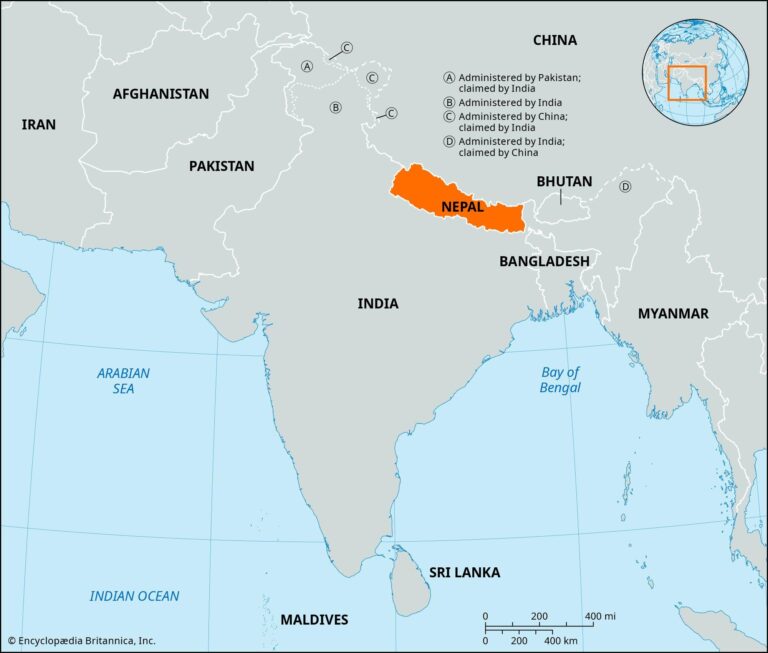The Background of Nepal’s Economic Struggles
Nepal is a beautiful country with a rich cultural heritage, yet it faces significant economic challenges. The stark reality is that a considerable portion of its population lives below the poverty line. The geographical and political complexities have contributed to this ongoing struggle.
Persistent Poverty Rates
Poverty in Nepal is not a new phenomenon; it has persisted for decades. As of recent estimates, over 25% of the population is classified as poor. This alarming statistic highlights the urgent need for effective interventions.
The Impact of the COVID-19 Pandemic
The COVID-19 crisis has exacerbated the existing poverty levels in Nepal. In just a few months, many families fell back into poverty as jobs disappeared and income sources dried up. The pandemic’s effects have been devastating for the already vulnerable population.
Employment and Economic Opportunities
Job opportunities in Nepal are scarce, particularly in rural areas where agriculture remains the primary source of income. The lack of diversification in employment options has left many families vulnerable to economic shocks. Initiatives to create sustainable job opportunities are vital for lifting people out of poverty.
Governmental and International Efforts
Both the Nepalese government and international organizations are working to address this crisis. However, challenges such as bureaucratic inefficiencies and corruption can hinder progress. It is crucial for these efforts to be coordinated and transparent to make a real difference.
The Role of Foreign Aid
Foreign aid plays a significant role in Nepal’s fight against poverty. Many organizations are dedicated to improving health, education, and economic prospects in the country. For a deep dive into the ongoing issues and potential solutions, you can visit this detailed article on Nepal’s Poverty Crisis.
Conclusion
The reality of Nepal’s poverty crisis is complex and multifaceted. To create sustainable change, it requires collective efforts from both the local community and international partners. Addressing this profound issue is essential not only for Nepal’s future but for the stability of the region.

